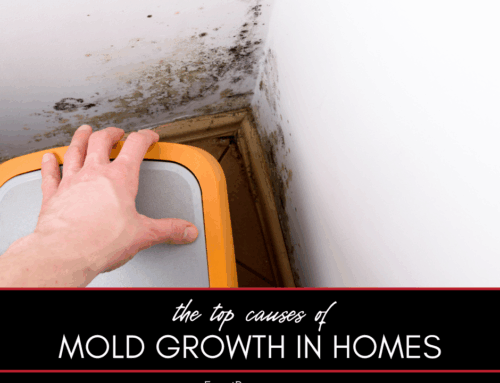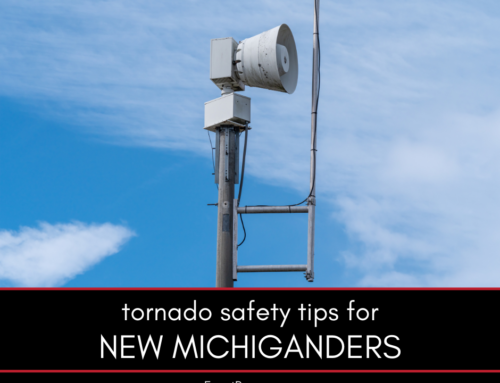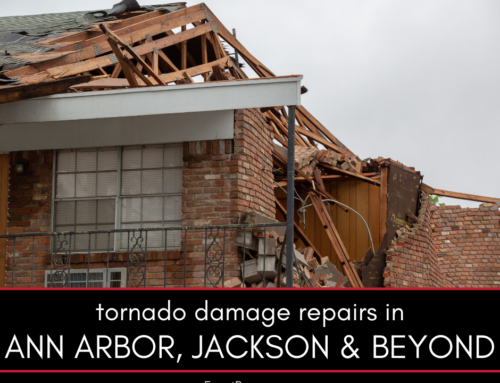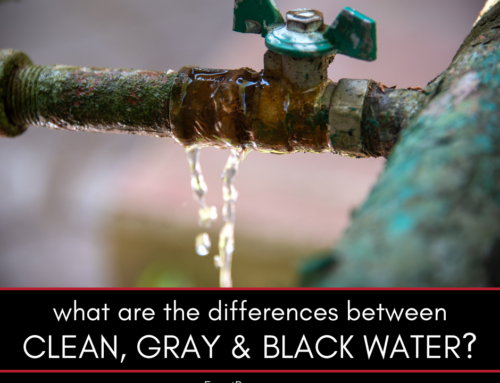A leaky washing machine can cause extensive water damage to your home if not addressed quickly. Water seeping from the machine can damage floors, walls, and even the underlying structure. This guide explains what to do about water damage from a leaky washing machine and how to prevent future leaks.
What to Do About Water Damage From a Leaky Washing Machine
Taking swift action when you discover a leaky washing machine is crucial to minimize damage. This guide covers:
- Identifying the source of the leak
- Stopping the water flow
- Assessing the extent of the damage
- Cleaning and drying the affected area
- When to call Exact Recon for professional restoration services
Here’s a closer look at each.
Identifying the Source of the Leak
To address a washing machine leak effectively, you first need to determine its source. Common causes include:
- Faulty hoses: Supply hoses that are cracked, loose, or improperly connected can cause leaks during operation.
- Clogged or damaged drain hose: A blocked or leaking drain hose may result in water spilling out during the spin or drain cycle.
- Worn gaskets or seals: The door seal on front-loading machines or the agitator seal on top-loading machines may wear out, allowing water to escape.
- Overloading: Overloading the machine can cause water to spill over the drum or create pressure that leads to leaks.
- Improper leveling: A washing machine that is not level may vibrate excessively, loosening connections or causing water to spill.
Inspect the machine and its hoses carefully to identify the problem. If you’re unsure, consult the user manual or a professional appliance repair service.
Stopping the Water Flow
Once you’ve identified the leak, take immediate steps to stop the water flow. Turn off the washing machine and shut off the water supply to prevent further leaks. Unplug the machine to eliminate the risk of electrical hazards.
Use towels or a wet/dry vacuum to remove standing water around and under the machine. Carefully move the washing machine to access hidden areas but avoid dragging it to prevent floor damage. If water has reached electrical outlets or appliances, consider shutting off the power to the area for safety.
Assessing the Extent of the Damage
After stopping the leak, assess the affected area for signs of water damage. Look for:
- Warped or swollen flooring: Wood, laminate, and other flooring materials can absorb water, causing them to expand or buckle.
- Stained or softened walls: Water can seep into drywall or baseboards, leading to discoloration or deterioration.
- Moisture in hard-to-reach areas: Water may accumulate beneath the washing machine or seep into adjacent rooms, creating hidden damage.
A thorough assessment will help you determine whether DIY cleanup is sufficient or if professional restoration is needed.
Cleaning and Drying the Affected Area
Begin the cleanup process by removing excess water and drying the area thoroughly. Use fans, dehumidifiers, and open windows to promote airflow and accelerate drying. Pay special attention to areas under and around the washing machine, as hidden moisture can lead to mold growth.
For minor damage, cleaning and drying may be enough. However, if water has penetrated deeply into floors, walls, or subflooring, professional intervention may be necessary. Mold remediation may also be required if water has been present for more than 24–48 hours.
When to Call Exact Recon for Professional Restoration Services
If the water damage is extensive or you’re unable to fully dry the affected area, it’s time to call the experts at Exact Recon. We specialize in water damage restoration and offer a comprehensive range of services, including water extraction, drying, mold remediation, and structural repairs.
Our team uses advanced equipment to detect hidden moisture and ensure thorough drying, preventing further damage. We also work with your insurance company to simplify the claims process, helping you recover quickly and efficiently.
FAQ About Water Damage From a Leaky Washing Machine
Check out these commonly asked questions about handling water damage from a leaky washing machine. If you don’t see your question here, please call our office and we’ll find you the answers you need.
What Causes a Washing Machine to Leak?
Washing machines may leak due to faulty supply hoses, clogged drain hoses, worn gaskets or seals, overloading, or improper leveling.
How Quickly Should I Address Water Damage From a Washing Machine Leak?
You should address water damage immediately to prevent structural issues, mold growth, and higher repair costs.
Can I Fix a Washing Machine Leak Myself?
Minor issues, such as tightening a loose hose or replacing a gasket, can often be handled with DIY methods. However, significant leaks or extensive water damage may require professional repairs or restoration.
Does Insurance Cover Water Damage From a Leaky Washing Machine?
Most homeowner’s insurance policies cover sudden and accidental water damage, including leaks from appliances like washing machines. Check your policy for specifics or consult with your provider.
How Can I Prevent Future Washing Machine Leaks?
Regularly inspect supply and drain hoses for wear or damage, ensure the machine is level, and avoid overloading it. Following the manufacturer’s maintenance recommendations can also help prevent leaks.
By acting quickly and enlisting professional help when needed, you can address water damage from a leaky washing machine and protect your home from further issues. Trust Exact Recon to restore your home and provide peace of mind.
Do You Need a Disaster Remediation Expert in Washtenaw County or Jackson County?
If your home has already been damaged, we can help. Check out our services and get a free disaster remediation quote today. We offer:
- Water damage restoration
- Fire damage restoration
- Mold removal and remediation
- Fire and smoke restoration
- Sewer cleanup and disinfecting
- Reconstruction
- Wind and storm damage repair










